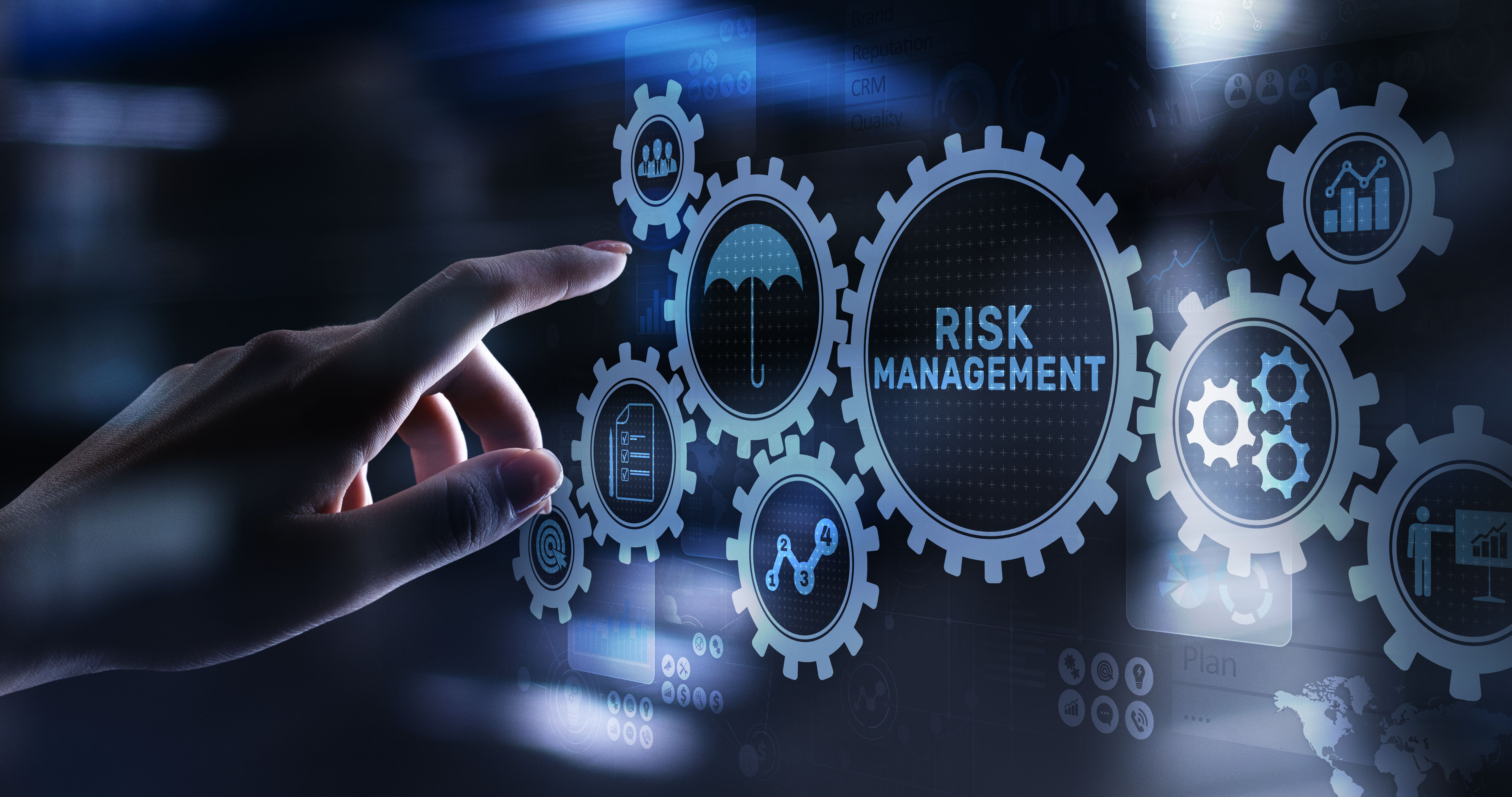Evaluating MDR Providers: A Comprehensive Guide for Business Leaders
Mar 1, 2024 | Managed Detection and Response
In the ever-evolving landscape of cybersecurity, Managed Detection and Response (MDR) services have been a game-changer for organizations striving to safeguard their digital assets.
As cyber threats grow in sophistication, the need for comprehensive, responsive, and adaptive security measures has never been more critical. This guide offers a streamlined process with considerations to help you navigate choosing an MDR provider, leveraging industry best practices to ensure you make a well-informed decision.
Understanding MDR: Beyond the Basics
At its core, MDR is a suite of services designed to detect, investigate, and respond to cyber threats in real time. Originally designed to supplement Managed Security Service Providers (MSSPs) by adding advanced analysts, processes, and technologies to detect “unknown” attacks (meaning not detected by logic based on previous attack vectors) earlier, MDR services today should provide a proactive approach to security, focused on continuous improvements to both security controls and response capabilities.
As we explore the foundations that set apart the most effective MDR providers, it's evident that the quality of services varies widely. Choosing an MDR provider goes beyond simply delegating security tasks—it's a strategic decision that plays a crucial role in enhancing an organization's defense against cyber threats. The insights provided below on key factors for advanced cybersecurity protection serve as a guide for organizations aiming to strengthen their security posture with the support of an MDR provider.
Selection Factor 1 - Technology

Key Technology Factors for Advanced Cybersecurity Protection
The technological foundation of an MDR provider plays a pivotal role in its ability to protect and respond to cyber threats effectively. A sophisticated approach to technology, characterized by advanced capabilities and a commitment to innovation, is essential for any organization looking to enhance its cybersecurity posture. Here's a closer look at the critical technological aspects to consider when evaluating an MDR provider:
Advanced Log Collection, Analytics, and Automation Capabilities
Incorporating modern solutions like Microsoft Sentinel, MDR providers equip themselves with a robust set of tools (as listed below) to strengthen cybersecurity measures for their clients.
- Cloud-native: A cloud-native architecture ensures that the solution is scalable, flexible, and capable of integrating seamlessly with your existing cloud environment.
- Leading SIEM and SOAR functionality: The combination of Security Information and Event Management (SIEM) and Security Orchestration, Automation, and Response (SOAR) functionalities provides a robust framework for threat detection, investigation, and coordinated response.
- Highly supported data connection ecosystem: The ability to connect with a wide array of data sources enriches the security monitoring landscape, offering greater visibility and a more correlated view of potential threats.
- Bi-directional synchronization with XDR technologies: This feature ensures threat detection and response actions are streamlined across multiple security resources, allowing the SIEM to be used as the primary incident queue in the organization, while taking advantage of individual XDR tools for enrichment data, in–depth investigations, and forensic data collection.
- Threat intelligence capabilities: Access to high-quality threat intelligence enables proactive identification of emerging threats, while the ease of connecting to additional sources ensures that the intelligence pool can be supplemented based on specific organizational needs.
- Significant investment in artificial intelligence: AI and machine learning technologies can drive advanced threat detection, predictive analytics, and automated response strategies, significantly reducing incident response time.
Non-Proprietary Technology
While some proprietary systems are very capable, utilizing a widely available off-the-shelf product allows entities:
- Control of Their Data and Environment / ‘Ease of Transition’: Unlike MSSPs and MDR providers that use proprietary SIEM technologies to lock in clients, a provider that utilizes Microsoft Sentinel, for example, empowers clients with full control over their data and access rights. This approach provides the flexibility to change service providers or transition to in-house resources without significant obstacles.
- Community Support: Leveraging a widely-used commercial SIEM platform can also facilitate internal staff development through access to a broad community support network, training, and certification resources, enhancing the organization's internal cybersecurity capabilities and, potentially, staff retention.
Beyond “Off-the-Shelf” Deployment
Customization and enhancement of security solutions are what truly set apart an MDR provider. A provider that offers an extensive library of developed security content, including custom visualizations, alert rules, volume and anomaly analytics, and investigation and hunting queries, provides a tailored approach to cybersecurity. Custom-developed workflows and automation can further enhance the threat detection and response process, ensuring that security measures are as efficient as they are effective.
Learn about SecureSky's custom security content capabilities for your organization.
Selection Factor 2 - People

MDR Staffing Models
When it comes to Managed Detection and Response (MDR) services, the staffing model a provider employs can significantly impact the quality and effectiveness of the service.
Unfortunately with the severe shortage of cybersecurity professionals today, many MDR providers have fallen into the same trap as the previous MSSPs they were designed to supplement, hiring less experienced individuals and utilizing a shared labor pool model to provide services. SecureSky continues to believe that MDR services are best provided by assigned staff, with an understanding of specific client environments to provide appropriate context.
Client-Specific Staffing with Access to SMEs (Subject-Matter Experts)
As mentioned above, one of the challenges often faced by organizations utilizing Security Operations Center (SOC)-related services is the "shared" processing of alerts. In such scenarios, alerts are handled by different analysts who may not have a deep understanding of the client's unique environment. This lack of client-based continuity can lead to inefficiencies and missed threats.
To address this concern, consider the approach of assigning a dedicated team or "pod" of resources to each client. This model fosters a better understanding of the client's specific risk landscape. For instance, SecureSky employs this strategy by providing clients with:
- Assigned Senior Team Leaders and Threat/Exposure Analysts: A dedicated team ensures that the nuances of the client environment are well understood and monitored over time, allowing for more accurate and context-aware threat hunting, detection, and response.
- Access to Subject Matter Experts: Each client's team has access to a wide range of subject matter experts. Whether the need arises for expertise in specific technologies, policies, or understanding of particular attack vectors, having ready access to such a diverse pool of knowledge is invaluable.
- Specialized Focus on Advanced Tools: Client teams are also closely integrated with experts in advanced security tools, such as Microsoft Sentinel. These specialists continuously monitor the development of new features and functionalities, developing queries and rules that reflect the current macro threat landscape. This expertise is then tailored to fit each client's unique environment, ensuring that security measures are as effective and up-to-date as possible.
Expertise in Extended Detection and Response
Another critical aspect of a service provider's staffing model is experience in Extended Detection and Response (XDR). XDR represents an evolution from endpoint detection and response (EDR), offering broader detection and response capabilities across multiple layers of an organization's security infrastructure.
The right MDR provider will have staff with deep knowledge and experience in configuring, enabling, and testing the effectiveness of various XDR security controls. This expertise is crucial for ensuring that client security postures are robust and adaptable to the ever-changing threat landscape, and continuously improving. Teams that understand how to leverage XDR effectively can provide more comprehensive protection against a wide array of cyber threats.
Selection Factor 3 - Breadth and Depth of Services

Value-Added Services That Set Apart MDR Providers
In addition to technology and staffing considerations, the approach of the MDR provider is critical to the continuous improvement of the client’s security posture, and the ultimate success of the MDR relationship. Two key elements that define progressive MDR providers are:
Comprehensive Set of Services, Including Exposure Management
A cornerstone of a sophisticated MDR service is the breadth of services provided, beyond detection and response, including a focus on continuous attack surface reduction and enhancement of the client's security posture to mitigate risks and diminish the volume of threats.
MDR service components should include:
- Custom Deployment and Enablement, with ongoing SIEM Management and Maintenance: Tailoring the deployment to the specific needs of an organization and ensuring the Security Information and Event Management (SIEM) system is continuously optimized and maintained is crucial for effective security management.
- New Feature/Use Case Review and Enablement: Regularly reviewing and integrating new features or use cases into the security strategy keeps defenses up-to-date and responsive to evolving threats.
- Threat Detection and Response: The core of MDR, effective threat detection, and rapid response mechanisms, are vital for minimizing the impact of security incidents.
- Threat and Exposure Hunting: Proactively searching for undetected threats and security control misconfigurations ensures risks are identified and addressed before they can be exploited.
- XDR/Security Control Remediation Support: Assistance in remedying identified vulnerabilities or weaknesses in security controls is essential for maintaining a robust defense posture.
- Cost Management: Efficiently managing security operations and technology costs ensures that organizations can sustain their security efforts without undue financial burden.
- Workflow and Automation Development: Creating and implementing automated workflows for common security tasks enhances efficiency and ensures consistent responses to threats.
- Incident Response: Having a plan and process in place for responding to security incidents is critical for minimizing damage and recovering from attacks.
Knowledge Transfer
MDR services often overlook knowledge transfer between the provider and the client. A provider that emphasizes educating and training the client's team not only enhances the organization's internal capabilities but also fosters a more collaborative and informed approach to cybersecurity. Methodologies often include:
- Consistent Interactions: Regular, meaningful interactions between the provider's team and the client ensure knowledge and insights are continuously shared. This ongoing dialogue helps align security strategies with organization-specific needs and challenges.
- Formal Training Sessions: Periodic training sessions further develop the client's internal team's understanding and skills in cybersecurity practices. Education is crucial for building resilient and self-sufficient security operations over time.
Navigating Cybersecurity Challenges with Advanced MDR Solutions
In an era where cyber threats are not only becoming more frequent but also more sophisticated, the traditional reactive approach to cybersecurity is no longer sufficient. Organizations are now in dire need of proactive, comprehensive defenses that can not only detect and respond to threats in real-time but also anticipate and mitigate potential vulnerabilities before they are exploited.
MDR services stand at the forefront of this shift, offering a beacon of hope for organizations striving to navigate the murky waters of cyber threats. By integrating cutting-edge technology with deep cybersecurity expertise and robust processes, MDR providers offer a holistic solution that promises not only to protect but also to empower organizations in their ongoing battle against cyber adversaries.
As you consider the next steps in strengthening your cybersecurity posture, remember that choosing the right MDR provider is crucial. SecureSky stands ready to be your partner on this journey, offering the expertise, technology, and proactive approach needed to safeguard your organization. Contact SecureSky today to learn more about how we can help you stay ahead of cyber threats and turn your cybersecurity challenges into victories.
